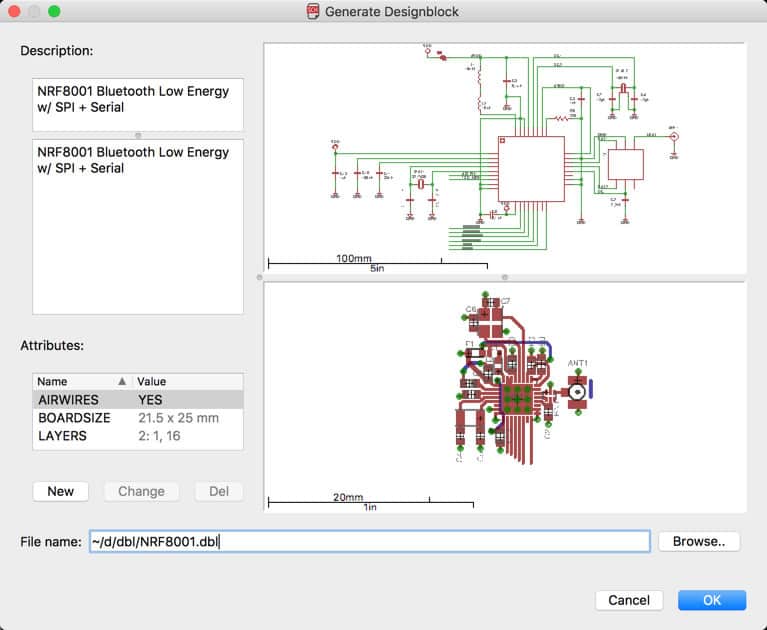Breaking News
Main Menu
Free Arduino Simulator Software For Windows
вторник 20 ноября admin 65
There are a whole slew of Arduino simulators out there, many free, and some paid products as well. • The Arduino development environment includes a free Arduino simulator, still under development but functional. • simulates the Arduino Uno and Mega pins - not a pretty-looking realistic simulator, but it works. • The Python based is another option, that plays well with the official IDE • Virtronics looks promising, but I don't see why I would pay $14.99 for it, when I could buy one or more actual Arduino clones for that price Many other Arduino simulators are out there if you search, and new ones are being announced, even crowdfunded, all the time. Plenty of options exist in the world of electronics simulators, but is probably the most versatile one out there. • You can compose your circuit on a virtual breadboard which looks just like real.
Simulator for Arduino. The simulator for Arduino developed by virtronics, is a full featured simulator available for students and beginners to the electronics world looking for an excellent Arduino simulator. This is a cross-platform simulator which is supported by both Linux and Windows operating systems.
• You can actually watch a LED blinking or press a button during real-time simulation rather than struggling with abstract waveforms. • You can combine digital devices like a 555 timer or shift registers with (interactive) analog components like resistors and LEDs. • You can program an Arduino and simulate the microcontroller together with your analog circuit around it. • You can debug an Arduino: when the simulator reaches your breakpoint, the simulation is paused and you can easily check every variable in your code and every voltage or current in your circuit. • You can use and observe different communication protocols like UART, I2C and SPI. • You can pause the simulation in the middle of an I2C sequence by putting a breakpoint in the driver code (e.g. Interrupt service routine for I2C events) • It's FREE!
Software update for galaxy tab p1000n pit. Download vandisk usb driver. This is an example circuit that has with an IR Remote and an LCD Screen. Disclaimer: We are the makers of 123D Circuits.
Be aware that no simulator will reproduce real-life situations. There have been plenty of posts on the Arduino forum about problems with code or electronics, which turn out to be something subtle, such as: • Timing issues • Race conditions (related/dependent events not always happening in the same order) • Voltage levels, eg.
Floating input pins • Driving motors which drop the Arduino voltage enough that it resets • Not having decoupling capacitors • Input pins being in an 'undefined' state (eg. 2.5V on a pin where 2 or less V is LOW and 3V or more is HIGH) • Problems with interrupt handlers, such as variables not being declared volatile • Voltage spikes due to not having flyback diodes on motors • The processor resetting once more than 10 LEDs are turned on because the current draw exceeds the amount the hardware can supply • Interrupt handlers taking 10 µS to process an interrupt when only 9 µS is available. By their nature simulators can't reproduce all of this. Even if they could, would you think to toggle the 'insert random noise from motors' option? As for getting ready for the board to arrive, download the IDE and start programming.
